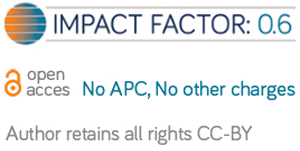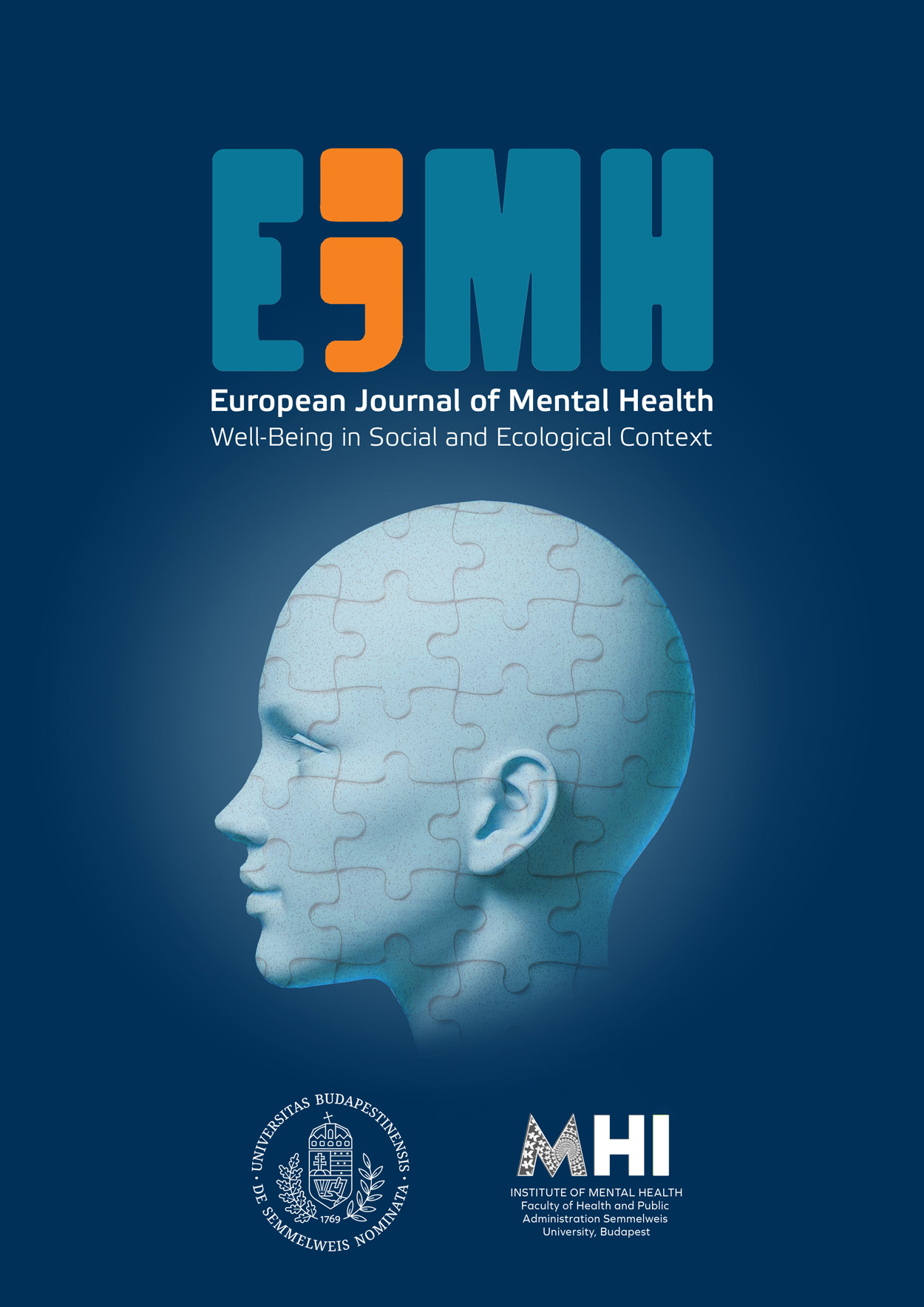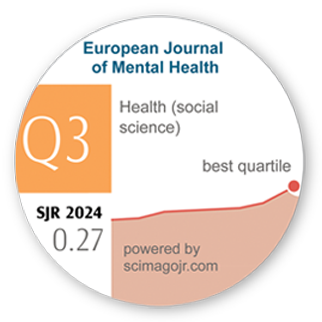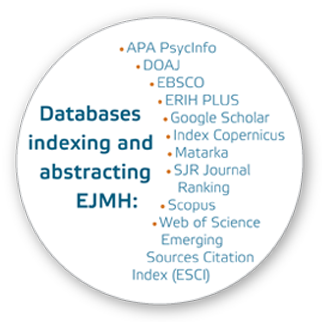The Situation of the Hungarian Minority’s Bilingual Education in Rumania: A Pedagogical and Psycholinguistic Approach
DOI:
https://doi.org/10.5708/EJMH.6.2011.2.4Keywords:
Rumania, bilingualism, educational models, educational policies, legislation, input regulation, psycholinguistics, speech understanding, speech production, pedagogical strategiesAbstract
A Pedagogical and Psycholinguistic Approach: The study presents the situation of education policies concerning bilingual and minority bilingual education in Rumania, the bilingual models in education, as well as the legislation regulating the input of the second language (Rumanian). In the development of efficient pedagogical strategies within bilingual education there is need for understanding the social and linguistic environment of the pupils. In the case of the Hungarian community in Rumania this bilingualism is given due to the social and linguistic environment, but it is far from being uniform: the linguistic variation as well as its different regional variants produce a very differentiated linguistic situation both from the point of view of mother tongue usage as well as the learning of the Rumanian language. In this context, there are important improvements in the bilingual research conducted in Rumania, which – reflecting on results obtained by international studies – strives to diagnose the background of bilingual minority education as precisely as possible in an approach focusing on educational policies, sociolinguistics, linguistics and pedagogy. Taking into consideration the varied social and linguistic environment, the paper presents the most important result of a psycholinguistic research, which, through the contrastive survey of speech understanding and production of Hungarian-dominant Hungarian- Rumanian bilingual pupils, provides specific data in connection with the criteria which need to be taken into consideration during the understanding of the pupils as well as the conscious choice of pedagogical strategies.






